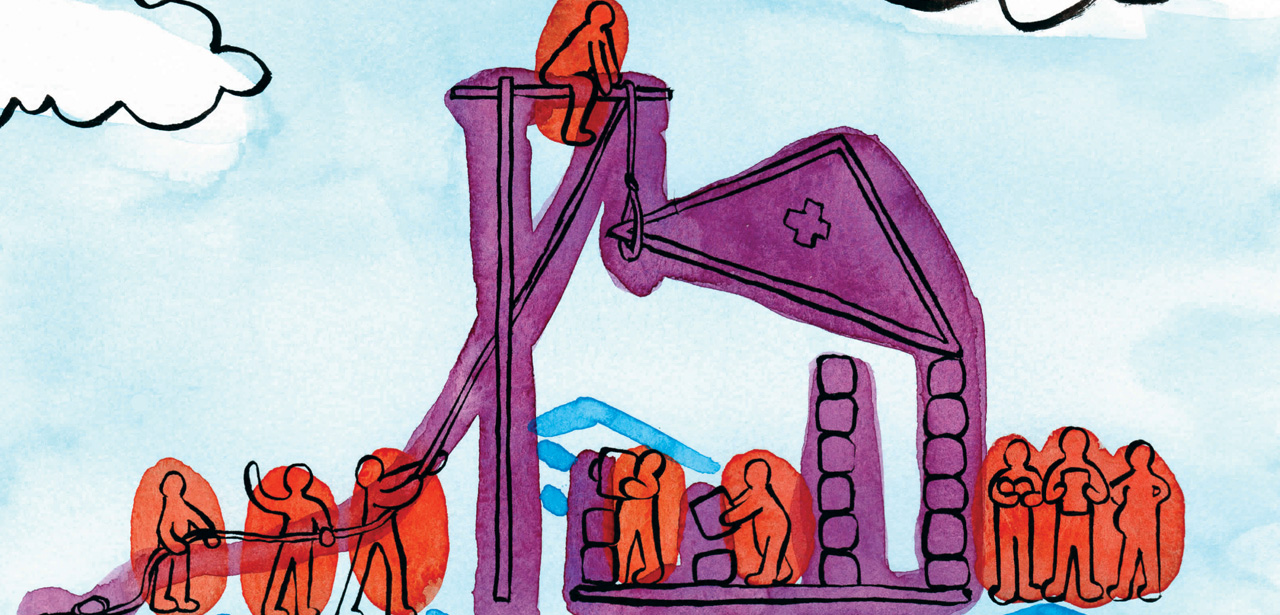Background: completeness, timeliness and accuracy are important qualities for registries. The objective was to estimate the completeness of the first two years of full registration (2008/2009) of a new population-based general cancer registry, at the time of national data centralisation. Methods: records followed international standards. Numbers of cases missed were estimated from a three-source (pathology labs, healthcare centres, health insurance services) capture-recapture method, using log-linear models for each gender. Age and place of residence were considered as potential variables of heterogeneous catchability. Results: when data were centralized (2011/2012), 4446 cases in men and 3642 in women were recorded for 2008/2009 in the Registry. Overall completeness was estimated at 95.7% (95% CI: 94.3-97.2) for cases in men and 94.8% (95% CI: 92.6-97.0) in women. Completeness appeared higher for younger than for older subjects, with a significant difference of 4.1% (95% CI: 1.4-6.7) for men younger than 65 compared with their older counterparts. Estimates were collated with the number of cases registered in 2014 for the years 2008/2009 (4566 cases for men/3755 for women), when additional structures had notified cases retrospectively to the Registry. These numbers were consistent with the stratified capture-recapture estimates. Conclusion: this method appeared useful to estimate the completeness quantitatively. Despite a rather good completeness for the new Registry, the search for cases among older subjects must be improved.
Auteur : Plouvier SD, Bernillon P, Ligier K, Theis D, Miquel PH, Pasquier D, Rivest LP
Revue d'Épidémiologie et de Santé Publique, 2019, vol. 67, n°. 4, p. 239-245


